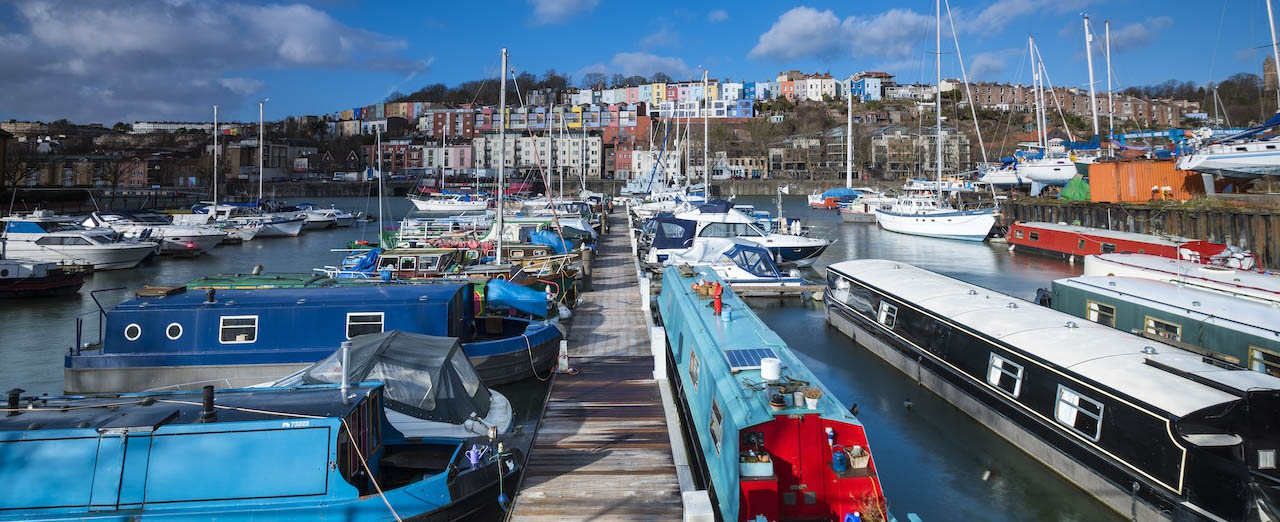Bristol's heritage
Like many UK cities, Bristol's history is a rich and complex tapestry.
Founding and legacy
Bristol was officially founded in 1155 and known as Brigstow, or 'the place at the bridge'.
The river Avon runs through the city, as well as several other rivers, so bridges are still a major feature of Bristol's landscape today.
Bristol's port
As a vibrant port city, Bristol benefited from the trade of tobacco, glass and chocolate. We have strong ties to seafaring, and you'll find references to the sea across the city.
Brunel's SS Great Britain, docked in Bristol Harbour, remains a popular tourist attraction.
The city's role as a key port also led to its shameful part in the Atlantic slave trade. This painful chapter of our history cannot be overlooked. Information about Bristol's involvement in the slave trade can be explored at M Shed.
We've reviewed our University’s place in this history to honour the past and improve the future. Read about our Reparative Futures Programme.

City architecture
Beautiful neo-gothic architecture populates Bristol: the Wills Memorial Building, Bristol Cathedral and Cabot Tower are some recognisable examples.
We’ve also got 400-year-old pubs, elegant Georgian terraces, brutalist gems, and unique ‘Bristol Byzantine’ buildings. In other parts of the city, such as Temple Quarter, you’ll find buildings of a more contemporary style.
These styles come together in a uniquely Bristolian way. This is a city where tradition meets individuality.
